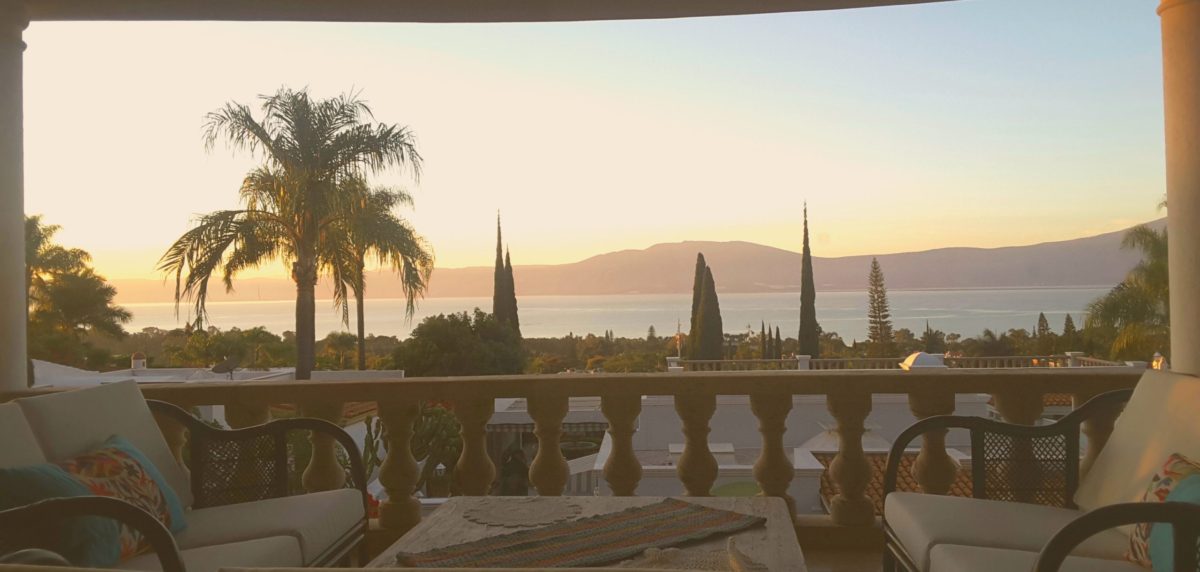So we’re safely back lakeside after our six week adventure NOB. In relaying to our many friends and family how we are doing down here, I often referred to how many Gringos there are lakeside, compared to the Mexican population. I noticed that several people winced when I used that word, as they perhaps had been led to believe it is a slur.
Then I noticed a Facebook discussion about the term Gringo, which repeated the contention it is a slur for Americans, and also dredged up several stories about how the term came to be.
Well, you know me and words, and if you don’t, just drop a “fulsome” or “impact” in conversation the next time you see me, then stand back when I go off. So let’s do some etymological research, shall we?
The common story about the term Gringo tells you it is a specific slur against Americans, evidenced by the signage “Gringo go home” which popped up in several Latin Americans countries in the 20th century, as the US intervened in them. This derivation ties the term to the US invasion of Mexico during the war of 1846-48. One version cites that the US troops wore green, and Mexicans yelled after them “Green go home” which became Gringo. This version fails for the simple reason the US Army wore blue, not green. A second explanation cites that US troops sang a popular song entitled “Green grow the lilacs” (note: there are several other such songs which make the same claim) as they marched through Mexico. Mexicans heard this and started referring to the invading troops as Grin-gros, but could not pronounce the second “r” so it became gringo. While Americans have trouble rolling an “r” as sometimes required in Spanish, Mexicans do not. Furthermore, there is no evidence the US Army used that song as a marching tune at the time. It was popular during the US civil war a few years later, but not during the war with Mexico. Both of these versions share the basis of the term with animosity toward the United States as an invading power, which aligns neatly with those 1950/60/70/80s signs I mentioned.
If these popular stories don’t stand up to scrutiny, what is the origin of the term? Most likely, you already know the answer, you just don’t realize that you know the answer. There is a phrase common to almost all western languages (English, French, Spanish, German, Italian, etc.), a phrase we all use when we hear or see something we simply can not understand. Guessed it yet? How about “It’s all greek to me!”
A variation of this phrase exists in all those languages, and it is meant to convey incomprehensibility. Why? We have the Romans to thank for it. The common language of Rome was Latin, but educated Romans learned Greek and used it to signal their status. Greek is a fairly simple language, but it uses a different alphabet, which renders it especially challenging to the non-speaker. Many Romans who spoke only Latin could still run into Greek texts or speech, and be flummoxed by it, leading to the phrase “it’s all Greek to me.”
But wait, what does this have to do with Gringo, and where’s the proof? In etymology, hard proof is difficult to come by. But the corresponding phrase in Spanish is “hablar en greigo” which is literally “to speak in Greek” and means to be incomprehensible. And there is a Spanish Dictionary published in 1786 which cites the term “gringo” as used for foreigners who have difficulty speaking or understanding Spanish. There are several other citations for the same meaning of the term from the mid 19th century, none of which deal directly with Americans. While Americans started noticing be called Gringos after the war with Mexico, that was probably because they were encountering an existing term, not something created especially for them.
So the obvious and more recent usage of Gringo as an anti-American slur is not the full story. Sure, someone could use it that way. My Spanish teacher here at lakeside put it this way: “in Mexico, its not the words you say, its how you say them.” She went on to add that Mexicans aren’t as hung up on formal Spanish, they like to use nicknames and diminutives (like the suffix -ita/ito), and they frequently say “please” (por favor). So if you want to call someone a Gringo, just make sure you’re smiling when you say it!































